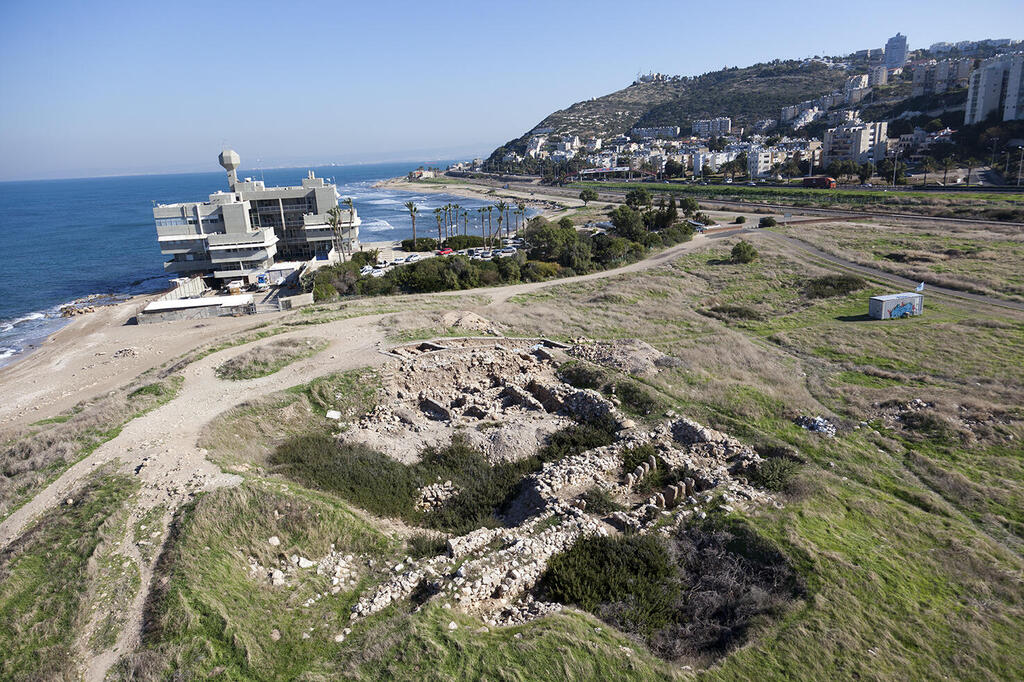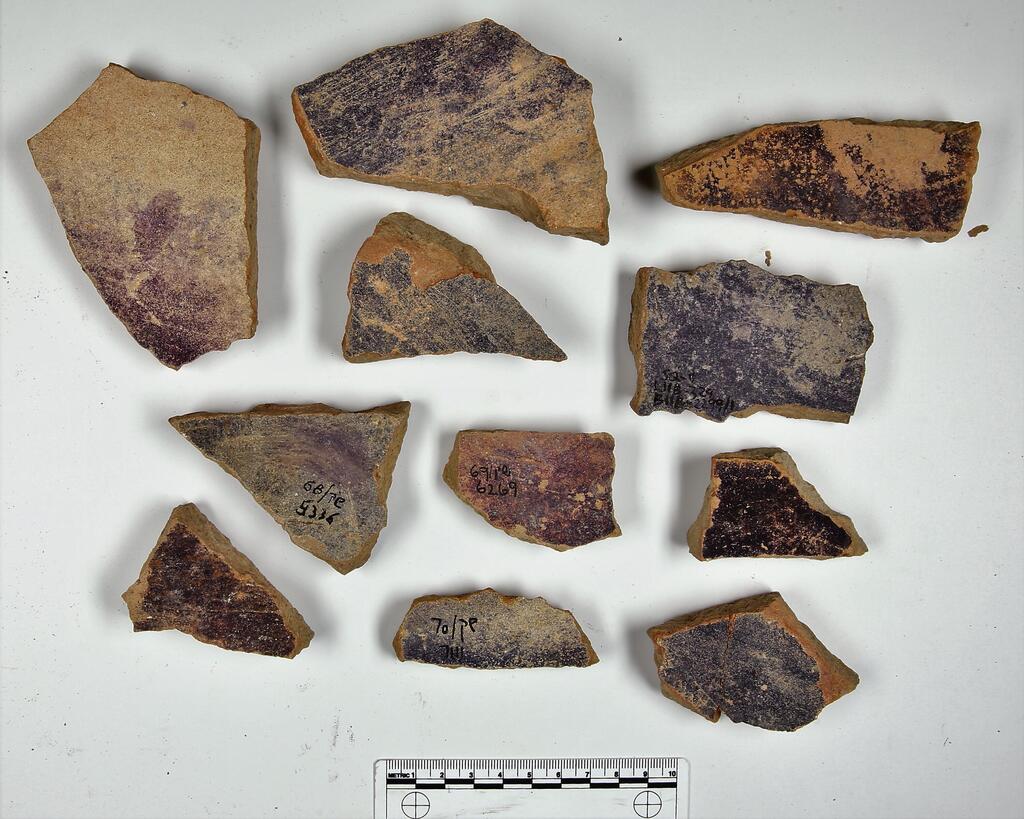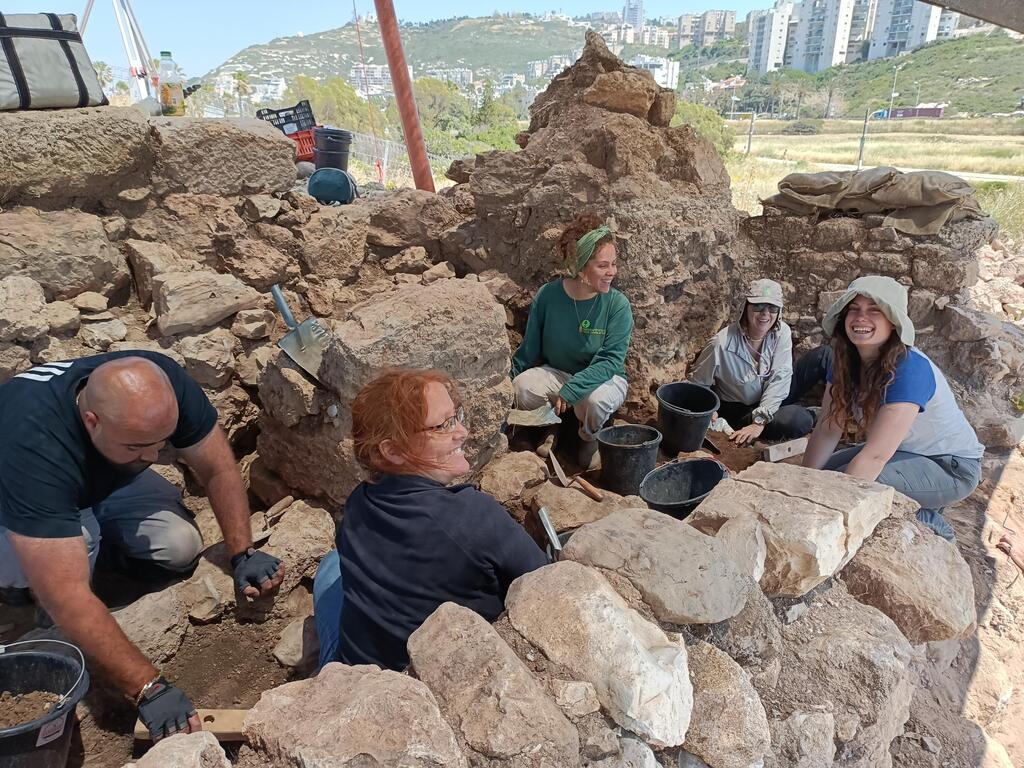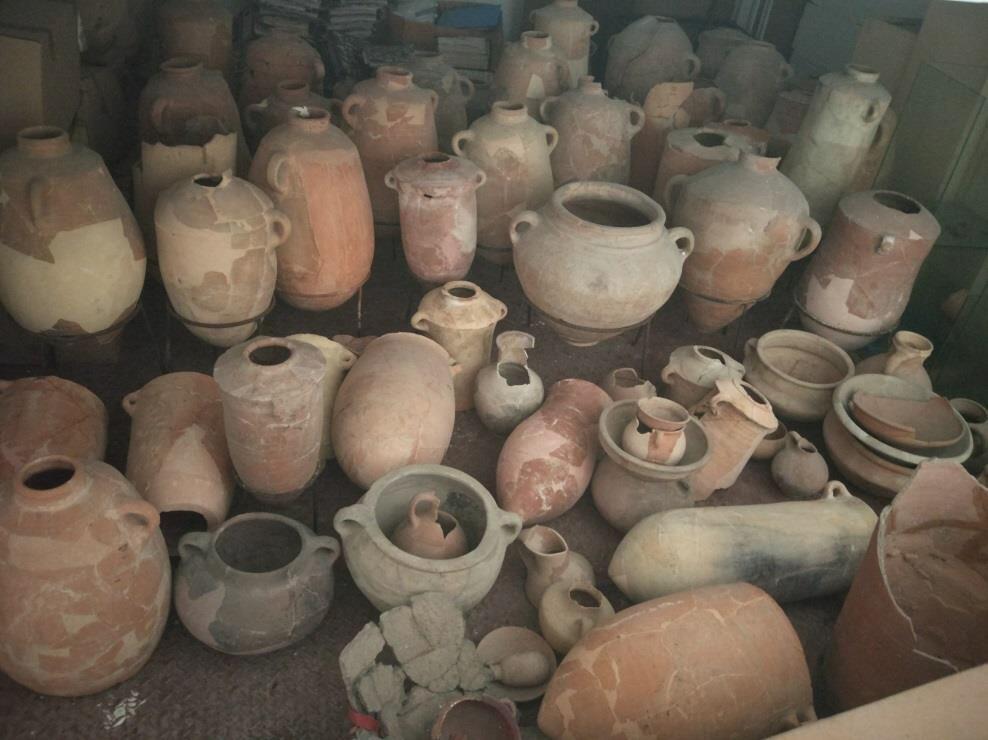A groundbreaking research conducted by the University of Haifa has completely reshaped our understanding of the biblical site of Shikmona in modern-day Haifa. This study unveils Shikmona as a remarkable testament to the prosperous Kingdom of Israel and its extensive conquests in the northern region of the country, spanning from the 9th to the 8th century BC.
The findings reveal that Tel Shikmona served as an exclusive and expansive crimson production facility under Israeli dominion, making it the sole and largest of its kind in the entire Levant. This distinctive site supplied the prestigious and rare color to various regional kingdoms. It is a truly fascinating discovery that sheds new light on the historical significance of Shikmona.
"The factory located at Tel Shikmona, under ancient Israeli control, was a vital source of crimson products, predominantly crimson-dyed threads," explained Prof. Ayelet Gilboa and Dr. Golan Shalevy from the University of Haifa. "These products were distributed to Cyprus, Lebanon, as well as esteemed socio-political elites and temples in cities across Palestine and Judea.
"Moreover, it served as the primary and exclusive producer of this prestigious and rare color in the entire Levant during that period. Its close proximity to Jerusalem, and the fact that it was the only known factory of its kind from that era, strongly suggests that it played a significant role in supplying the Jewish Temple with this esteemed color," the researchers said.
Tel Shikmona, or Tell es-Samak, also spelt Sycamine, is an ancient Phoenician hilltop settlement situated near the sea coast in the modern city of Haifa, just south of the Israeli National Institute of Oceanography. It has been called a "forgotten Phoenician site". Nowadays researchers identify Tell es-Smak with Porphyreon.
Due to its distant location from agricultural regions and its rocky coastline that hinders safe mooring and easy access to the sea, it is unsuitable for maritime trade. Significant findings were discovered at the site, including the enclosures' walls and the three-room houses, which align with the cultural practices of the Kingdom of Israel during that period.
However, while initial assessments suggested that the production of crimson was exclusive to Phoenician culture, and examination of the artifacts led the researchers to propose that the site was associated with the Phoenician cultural sphere.
Following extensive research and a recent excavation in a specific area of the mound, Prof. Gilboa and Dr. Shalevy have now unveiled a comprehensive historical account of the site during that period. The findings indicate that the Kingdom of Israel seized control of the Phoenician production site, transforming it into the largest and most prominent production center in the entire Mediterranean region. This revised understanding offers a compelling narrative of the mound's significance during that era.
According to Dr. Shalevy, findings reveal a more intricate narrative than initially perceived. In the early stages of the Iron Age, around the 11th century BC, Phoenician settlers established a modest crimson production site. During this time, the material culture was distinctly Phoenician, and crimson production was limited in scale. However, around the mid-9th century BC, coinciding with Ahab's regal ascension in the Kingdom of Israel, the factory was abandoned and potentially destroyed. This pivotal shift marks a significant turning point in the site's history.
Over the remnants of the village, a new complex emerged, featuring a fortified structure constructed with a retaining wall resembling the architectural style commonly seen in fortified sites throughout the Kingdom of Israel during that era. The pottery discoveries, encompassing various everyday tools, as well as additional findings like seals, start to exhibit both Israeli and Phoenician characteristics.
Moreover, there is evidence indicating an increased production of crimson. These fresh insights allow us to grasp the extraordinary and captivating historical account of the site, which transformed from a modest Phoenician village producing crimson into a meticulously planned and fortified factory under Israeli authority, while the Phoenicians maintained their role as skilled craftsmen responsible for crimson production.
"The narrative surrounding the biblical site of Shikmona has become exponentially more intricate and captivating than our initial understanding. Not only is it the most significant crimson production facility discovered to date from that era, but its scale of production far surpasses any other known site.
"Furthermore, it unravels a compelling account of the Kingdom of Israel's rise and fall during the ninth and eighth centuries from a previously undisclosed perspective—highlighting the kingdom's economic interests, westward expansion, and complex relationship with the Phoenicians. This period is characterized by the military and political might of the Kingdom of Israel, and the conquest and control of Shikmona, along with its crimson production, served as a crucial economic pillar supporting this power," concluded the researchers.





